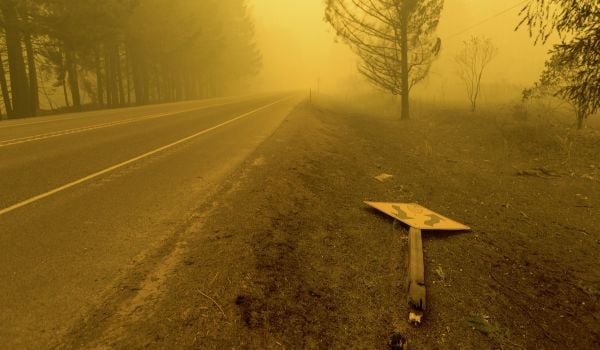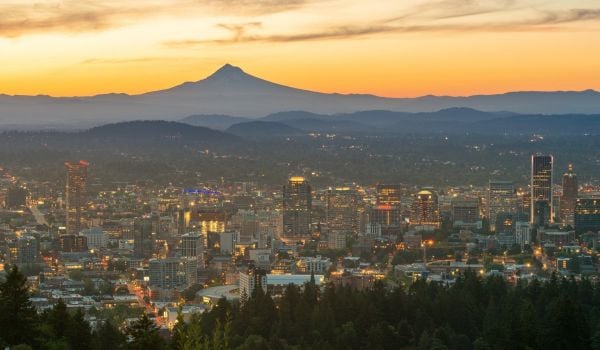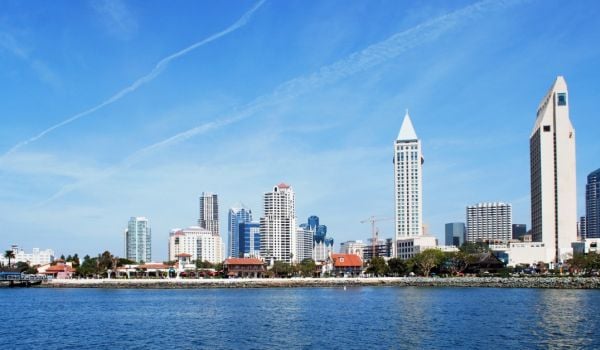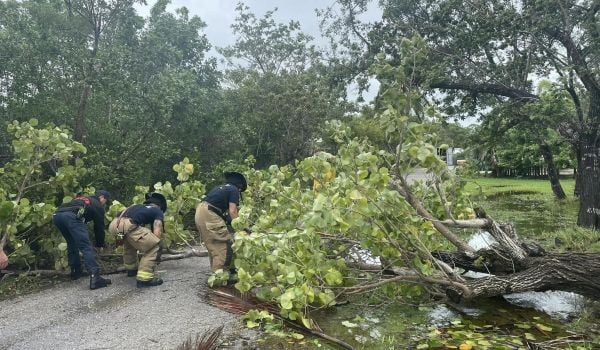Why has knowledge of urban hazards like wildfire been increasing, while the number of disasters, and the losses associated also continue to climb?
by Scott Gabriel Knowles, Drexel University
“Santa Ana Blues 2007: The Great Temptation”
Southern California is burning, again, and perhaps half a million people have evacuated from the areas in and around San Diego and up to L.A. over the past several days. Loss estimates now top one billion. In shades of New Orleans there are ten-thousand people taking shelter in San Diego’s Qualcomm Stadium. The evacuations thus far seem to be working much more effectively than Katrina — but we still wait to find out the final death and destruction tolls, the causes of the fires, and the responses from insurance companies and the federal government. With the nation keen to forget Katrina, a new round of suffering is underway.
And, just as it was with New Orleans during Katrina, disaster arrives in the chaparral country of Southern California not as a mystery killer, but as an expected guest. The most pressing question here for planners and policy-makers is simple: Why has knowledge of urban hazards like wildfire been increasing, while the number of disasters, and the losses associated also continue to climb?
“We are tempting nature,” sociologist Charles Perrow notes in his most recent book The Next Catastrophe, by putting concentrations of hazardous materials, populations, and vital parts of our infrastructure in its way. The effects of this temptation are dangerously multiplied, he concludes, because the organizations that build and manage modern society are the very ones that we “cannot expect … to do an adequate job in protecting us from mounting natural, industrial, and terrorist disasters.” (Perrow, 291) Among such organizations one finds the experts who insist on extending the reach of risky technologies into vulnerable environments, while working to erode government regulation and oversight of such expansions.
The numbers speak for themselves. The National Fire Protection Association reports that financial losses from fire have more than doubled in the United States, from 4.1 to 9.2 billion per year since only 1977. Between 1991 and 2005 the United States led the world in disaster losses, with 365 billion dollars wasted. The next runner up was Japan, with 208 billion, and China third with 172 billion. And while yearly death averages from disasters in the United States overall are down, 9/11 and Katrina showed clearly that it only takes one major high death count disaster, once in a while, to deeply shake the psyche and stretch the political fabric of the nation. Not to mention the fact that increasing financial losses are tied rather more indirectly, but demonstrably, to death and injury among vulnerable populations like the poor, the elderly, and children. So while the death averages may be down, the effects on people are most assuredly going up as the financial losses mount.
California is at the center of this process. Losses from the 2003 wildfires were in the neighborhood of $2.5 billion, with 22 people killed. This was not an act of malevolent nature, it was disaster by design. As Richard Stuart Olson and Vincent T. Gawronski in a report for the Natural Hazards Center at the University of Colorado noted after the 2003 fires, the “wildfires were an inevitable recurrence of a natural historical pattern. However, the human and property losses that made it a disaster were not inevitable, because while the fire hazard is permanent in Southern California, the societal vulnerability part of the equation is not.” So, we are looking at another episode of American urban destruction and evacuation, another round of recriminations and inquiries, more study, and then what? If the answer is more construction with the imprimatur of government-sanctioned risk-taking in fire-ready zones of Southern California, then we may as well just skip from destruction to reconstruction.





_600_350_80_s_c1.jpg)


_600_350_80_s_c1.jpg)






